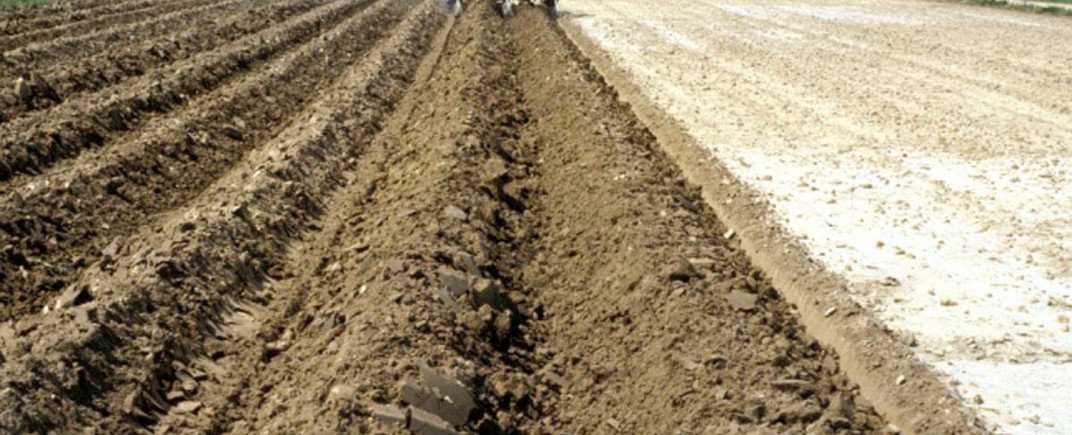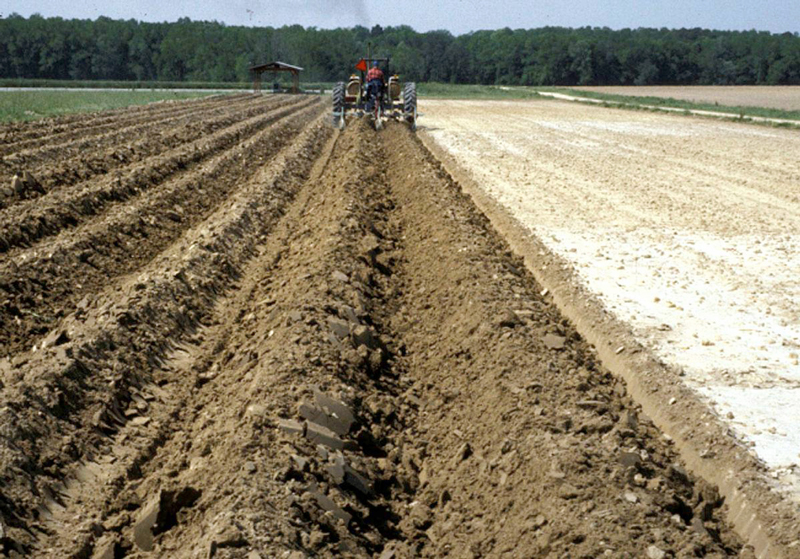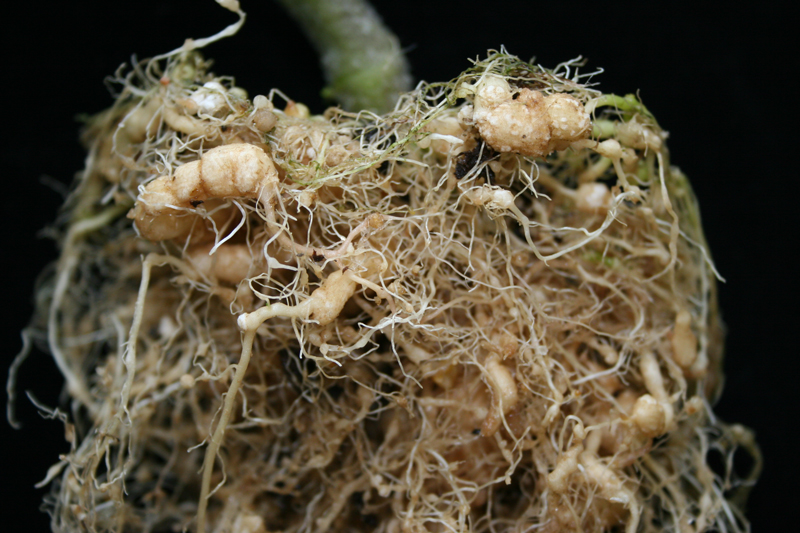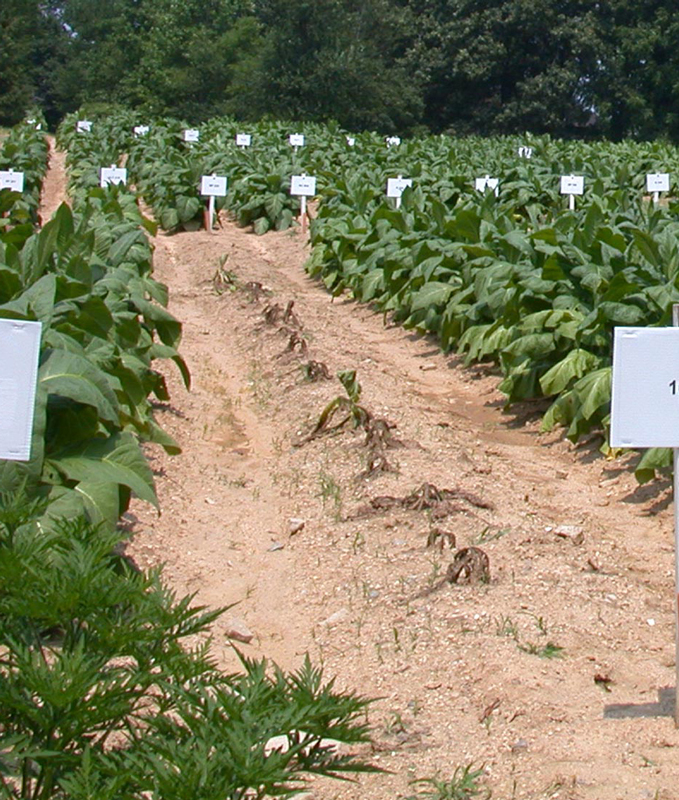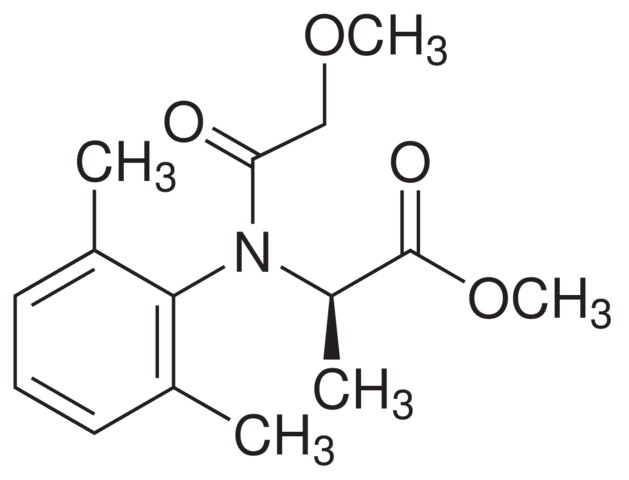Black Shank Disease Management
Cultural practices
Raised beds
Planting on raised beds improves drainage around the root zone, which reduces or prevents soil saturation that is required for movement of swimming zoospores.
Crop rotation
Rotation with non-host crops removes the nutritional source of the pathogen and reduces its ability to reproduce and produce inoculum for future tobacco crops. The duration of the rotation should be at least two years, but even rotations longer than four years may not completely eliminate the pathogen. This may be due in part to limited colonization of certain weed hosts.
Stalk and root destruction
Destroying the stalks and roots left after harvest removes the infected root system from the soil and reduces buildup of inoculum. Stalk and root destruction also reduces populations of other pests and pathogens, especially nematodes such as root knot (Meloidogyne spp.) that can greatly exacerbate black shank severity.
Soil chemistry
Soil pH values below 6.2 suppresses black shank development, but very low pH levels can be toxic to tobacco. Maintaining soil pH between 6.0 and 5.5 provides a favorable environment for tobacco without being highly conducive to pathogen growth.
Host resistance
The most widely used method of control for black shank is planting of resistant varieties. Multiple sources and types of resistance are available to growers.
Partial resistance
The most widely deployed type is partial resistance. This type of resistance is present at levels that range from low to high. Continuous deployment of a high level of partial resistance results in the selection of more aggressive isolates of the pathogen.
Single-gene resistance
Two single-gene sources of resistance have been incorporated into tobacco cultivars. Both of these genes provide complete resistance to race 0 of P. nicotianae, and no resistance to race 1 of the pathogen. Deployment of these two genes has resulted in race 1 of P. nicotianae becoming the dominant race of the pathogen present in many areas.
Rotation of partial resistance and single-gene resistance is effective in slowing race shifts and prolonging the effectiveness of single gene resistance.
Chemical control
Chemical control can be effective when used in combination with other practices, but it is not highly effective when used in conjunction with a susceptible variety. The options for chemical control are limited to a single chemistry, with either metalaxyl or its near-identical twin mefenoxam used in single or multiple applications. Mefenoxam is twice as active as metalaxyl, but both function to inhibit RNA synthesis in the pathogen.
Application rates and time of application (preplant, at first cultivation, or four weeks after transplanting) vary with the level and type of host resistance used and the history of disease in the field. The use of soil fumigants such as chloropicrin may reduce pathogen populations, and fumigant nematicides such as 1,3-dichloropropene reduce nematode populations that enhance black shank incidence and severity.
